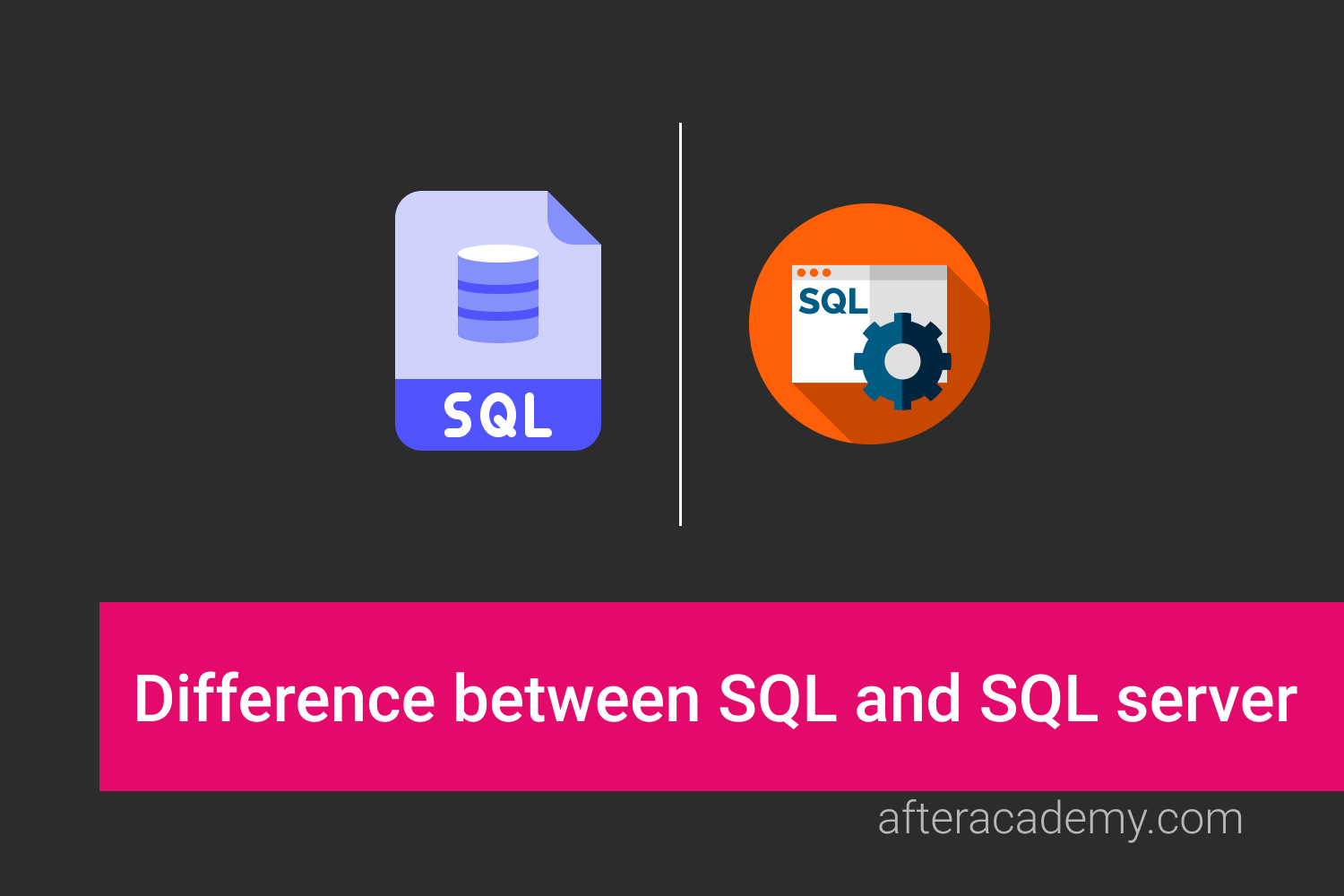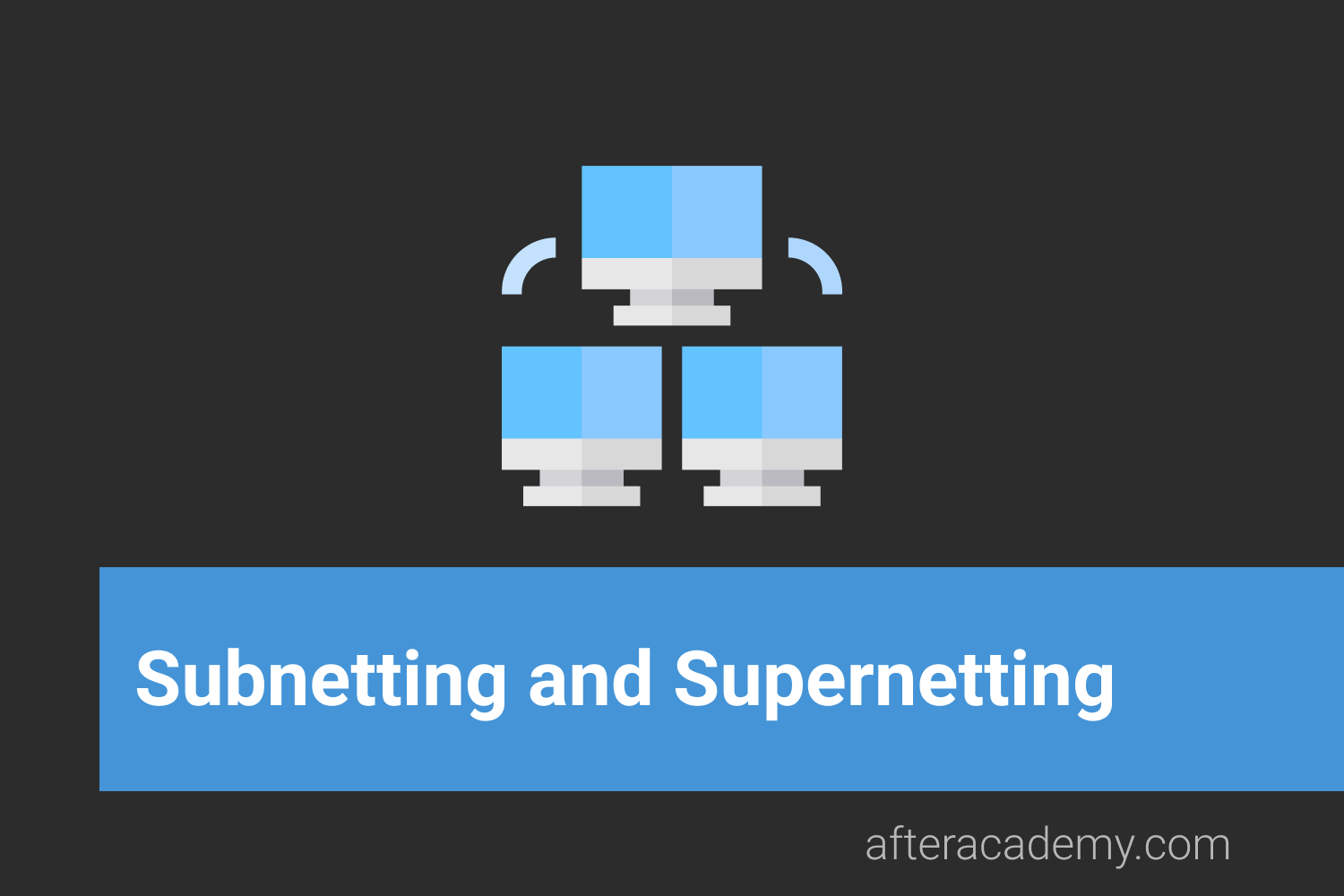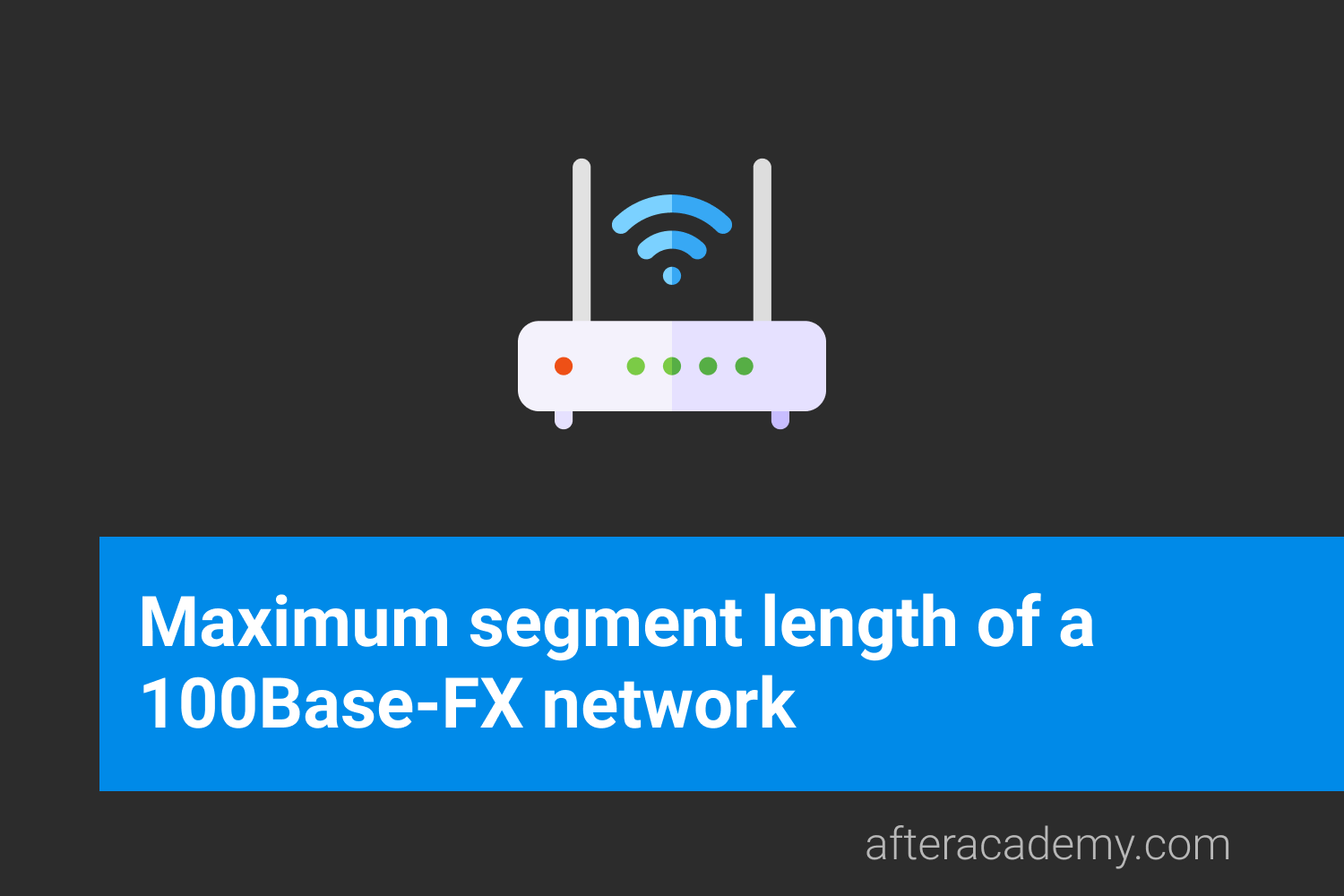What are Peer-to-Peer networks and Server-Based networks?

A network is an interconnection between various communication elements connected by various communication links for information interchange. A network can be classified on various basis. But one of the most important network classifications is based on network design.
Based on network design, a computer network can be divided into the following two types:
- Peer-to-Peer Network
- Server-Based Network
Now, we will learn about these two types of networks in detail.
Peer-to-Peer Network
The Peer-to-Peer network is also called P2P or computer-to-computer network. 'Peers' are the nodes or computer system which are connected to each other. In this kind of network, each node is connected to each other node in the network.
The nodes can share printers or CDROM drives, and allow other devices to read or write to its hard disk, allowing sharing of files, access to its internet connection, and other resources. Files or resources can be shared directly between the system on the network, without the need of any central server. Such kind of network, where we allow nodes to become a server and share things in this manner, can be referred to as a peer-to-peer network.
In a peer-to-peer network, each node can work as either a server as well as a client. This network does not distinguish between the client or server. Each of the nodes can act as both client/server depending on whether the node is requesting or providing the service. All the nodes are functionally equal and can send or receive data directly with one another.
Peer-to-Peer networks can be deployed very easily with most modern Operating Systems such as Windows and Mac O.S., etc. Computers in the peer-to-peer network run the same network protocols and software. Once connected to the network, P2P software allows users to search for files and other resources on some other node. The pattern of communication between peers depends entirely on the application requirement. Each object is replicated in several computers to further distribute the load and to provide flexibility in the event of disconnection of the individual computer.
A peer-to-peer network can be configured as both wired as well as a wireless network. It is most commonly used in the Local Area Network, especially in small offices, or within a single department of a large organization. The nodes present in the network are situated very near to each other. Each node has access to devices and files on other computers and can store independently its own software and information.
For Example, BitTorrent is a widely used peer-to-peer network.
Following are the advantages of using a peer-to-peer network:
- Easy to implement and manage.
- Nodes or workstations are independent of one another. Also, no access permissions are needed.
- The network is reliable in nature. If a peer fails, it will not affect the working of others.
- There is no need for any professional software in such kind of networks.
- The cost of implementation of such networks is very less.
Following are the disadvantages of using a peer-to-peer network:
- Storage is decentralized, and also not so efficiently managed.
- No data backup options are available in peer-to-peer networks.
- These kinds of networks are not so secure.
Server-Based Networks
A Server-Based network can also be termed as a Client-Server network. A server is a node that acts as a service provider for clients. They wait for client requests and then respond to them. The server is located elsewhere on the network, usually on a more powerful machine. Here, the server is the central location where users share and access network resources. It controls the level of access that users have to share resources. In other words, a server provides functionality and serve other programs called clients.
There is various kind of servers depending upon their use, they can be a web server(which servers HTTP requests), Database servers(which runs DBMS), File server(which provides files to clients), Mail server, print server, Game server, Application server, and so on. A server can contain web resources, host web applications, store user and program data, etc.
A client is a machine or program requesting services from a server. Clients are often situated at workstations or on personal computers. They can be a simple application or a whole system that accesses services being provided by a server. A client program provides an interface to allow a computer user to request for services of the server and to display the results the server returns. Each client has to log on to the system or server to access the data and its resources.
A server-based network is centralized in nature. Also, the storage in this kind of network is centralized. In other words, we can say that a server-based network is based on a centralized structure and provides a way to communicate via the web. The Internet is the most widely used client-server network.
The Server-based network can be applied for various uses and applications. Some of them are as follows:
- Centralization: The server administers the whole set-up in the network. Access rights and resource allocations are also done by the server.
- Proper Management: Due to centralized storage, it becomes easy to find a file or some other resource.
- Backup and Recovery: A centralized server makes data backup and recovery possible in a convenient manner.
- Upgradation and Scalability: Changes in the network can be made very easily by just upgrading the server. Also, the network is easily scalable.
- Accessibility: Servers can be accessed remotely from various platforms in the network.
- Security: Rules defining security and access rights can be defined at the time of the set-up of the server.
Following are the advantages of using a server-based network:
- It facilitates a Centralized storage system.
- Centralization makes administration easy.
- Data can be easily backed in such networks.
- The network is easy to scale.
- Data sharing speed is high.
- Servers can serve multiple clients at a time.
Following are the disadvantages of using a server-based network:
- Dependency is more on a centralized server.
- If the server's data is corrupted, all nodes will be affected.
- A network administrator is required.
- The cost of the server and network software is very high.
This is all about peer-to-peer and server-based networks. Hope you learned something new today.
That's it for this blog.
Do share this blog with your friends to spread the knowledge. Visit our YouTube channel for more content. You can read more blogs from here .
Keep Learning :)
Team AfterAcademy!





